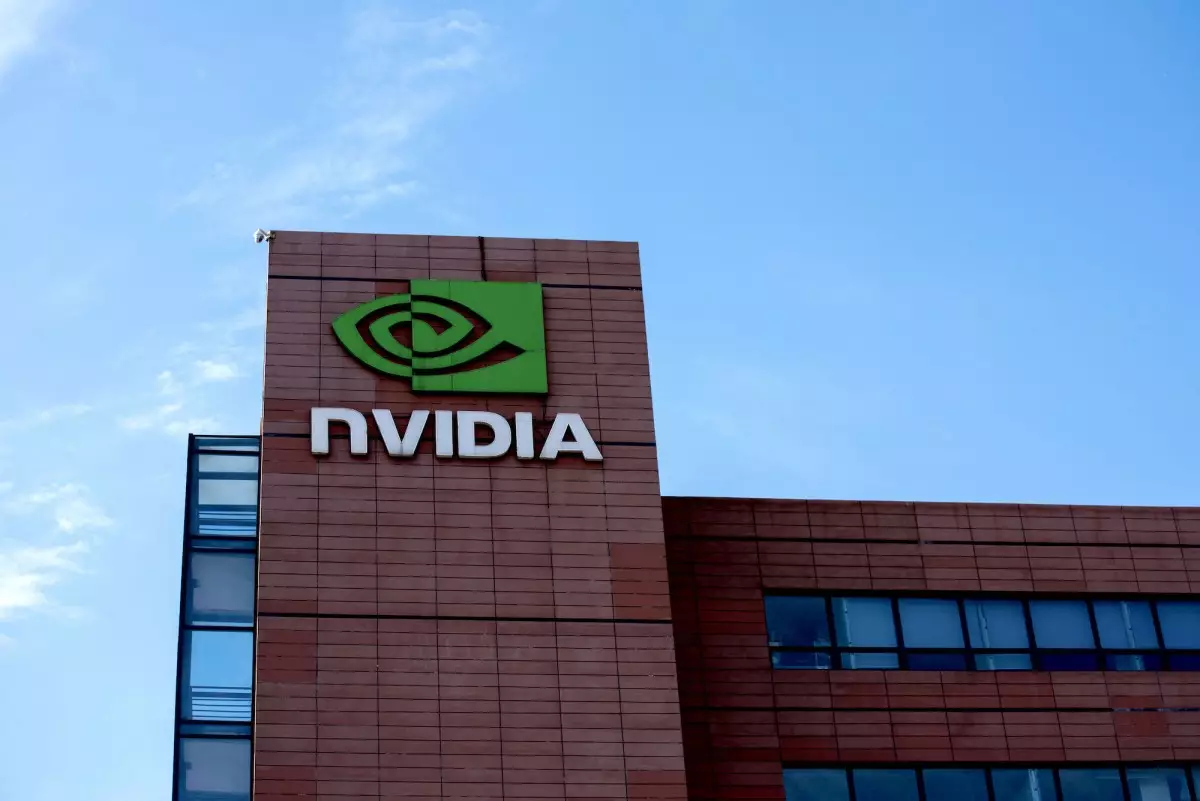In the ever-evolving landscape of artificial intelligence and semiconductor technology, the recent actions of Nvidia’s CEO Jensen Huang reveal a complex and strategic maneuver involving the Trump administration. In a notable turn of events, Huang seemingly negotiated a pact to prevent export restrictions on Nvidia’s state-of-the-art H20 AI chips. These chips, uniquely designed to be exported to markets like China, had become a focal point of contention amidst alarming geopolitical tensions and concerns regarding technological supremacy.
According to reports, including insights from NPR, the crux of Huang’s proposition during a dinner at Trump’s Mar-a-Lago resort involved a substantial commitment to invest in AI data centers in the U.S. This investment promise became the linchpin in securing the ability to continue exporting the H20 chips, which, despite their modified capabilities designed to comply with restrictions, were still under scrutiny due to their usage by the Chinese company DeepSeek in developing its R1 AI model.
The Semiconductor Battlefield
Nvidia’s H20 chip symbolizes the intricate relationship between technological advancement and policy manipulation. The implications of this deal go far beyond corporate profits; they touch upon national security, economic strategy, and international relations. Prior to this agreement, the semiconductor industry had been rife with apprehension that these chips would be ensnared in an export control narrative driven by heightened fears of China’s rising AI capabilities. Indeed, the performance prowess of the R1 model startled many, provoking bipartisan calls for regulatory action against the H20 chips.
Interestingly, while the Trump administration’s willingness to allow Nvidia to continue exporting to China seems antithetical to its primary strategic objective of reinforcing U.S. technological dominance, it also reflects the paradox that often emerges in negotiations of this nature. Huang’s agreement illustrates a pivotal moment where economic interests may temporarily overshadow security concerns, albeit under the guise of stimulating local investments.
Contradictions in Technology Policy
The contradictions present in the current U.S. tech policy landscape are staggering. While Trump appears to pivot on export controls, the framework laid out by the Biden administration not long ago remains intact, imposing stringent limitations on AI chip exports, particularly to China and Russia. This continued dedication to heavy regulation is indicative of a systemic approach aimed at curbing adversarial challenges posed by nations seeking to develop advanced technologies at an accelerated rate.
Nvidia and other tech giants have publicly criticized the Biden-era restrictions, labeling them “unprecedented and misguided.” By arguing that such controls will stifle innovation on a global scale, they highlight a significant tension between national security and economic growth. This sentiment hints at an underlying fear: that corporate America could become entangled in a geopolitical struggle, where the penalties of falling afoul of the government’s regulatory framework could jeopardize both individual and industry advancement.
The Bigger Picture: AI as a Strategic Asset
As the world races forward in harnessing AI’s capabilities, the strategic importance of data centers and technologies cannot be overstated. The commitments from companies like OpenAI and Microsoft to invest billions into U.S. data infrastructure underscore a growing recognition that AI dominance is closely linked to physical resources and computational power. The sci-fi-like scenario of tech corporations aligning their interests with government strategies reveals a marriage of necessity.
Trump’s hardball tactics with global players like TSMC—suggesting punitive tax measures for inaction regarding U.S. chip manufacturing—further illustrates the extent of these strategic alignments. Such pressure tactics embody a broader ‘America First’ philosophy, asserting that national interests in technology and production should take precedence over traditional global trade dynamics. The necessity for maintaining a competitive edge in AI technology becomes not merely a business concern but a core component of national policy.
The Implications for the Future
Moving forward, the ramifications of Huang’s deal with the Trump administration will likely ripple throughout the semiconductor industry and beyond. It raises significant questions about the future of AI exports, the balance of power in U.S.-China relations, and the ethical considerations of leveraging technology for geopolitical maneuvering. As companies navigate this complex terrain, they may need to adopt increasingly nuanced strategies that balance innovation with compliance and national interests. Understanding this evolving dynamic will be crucial for stakeholders involved in the burgeoning landscape of artificial intelligence.

